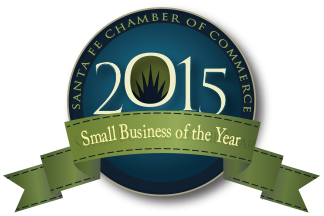20 Oct Strength in Flexibility? Some Unexpected Benefits to “New Normal”
 A recent Economist article titled “Countering the Tyranny of the Clock” explores our changing relations to time as work becomes more flexible. A little philosophical? In fact, it’s super pragmatic!
A recent Economist article titled “Countering the Tyranny of the Clock” explores our changing relations to time as work becomes more flexible. A little philosophical? In fact, it’s super pragmatic!
“Flexible working existed well before the pandemic. But it only offered employees the ability to choose when in the day they worked their allotted hours,” writes Bartleby. “Remote working has brought a greater degree of freedom.”
Rather than an unraveling of work ethic when work is removed from strict office routines, we’re actually seeing people coming together and doing more. Slack conducted a survey of 4,700 people working from home to determine responses to flexible work schedules. The results were extremely positive. Only 12% of workers wanted to return to a “normal,” pre-pandemic schedule. Respondents indicated improved productivity and engagement. Interestingly, Bartleby points out, “flexible workers scored more highly on a sense of ‘belonging’ to their organization than those on a nine-to-five schedule.”
Employee engagement is a hot topic in workplace research. It correlates positively to improvements in service, sales, quality, safety, retention, and profit and share holder return. If productivity and work culture camaraderie are on the rise, we might consider how to sustain this unexpected boost.
The link between independence and engagement seems paradoxical. But people enjoy working to their own rhythm–and do it pretty well. “Few have the ability to concentrate solidly for eight hours at a stretch,” observes Bartleby. “There are points in the day where people are tempted to stare out of the window or go for a walk; these may be moments when they find inspiration or recharge themselves for the next task.” Employees working at their own pace may bring more enthusiasm and focus to their own work as well as their team’s.
The Economist reflections agree with another study on work from home, conducted by researchers at Harvard Business School, MIT Media Lab, and McCombs School of Business at the University of Texas at Austin. That study found that job satisfaction and engagement, after an initial dip, have recovered and even increased.
Ironically, the catch to flexible working hours actually seems to be people working too much. “In the weeks immediately after the lockdown began, only half of employees were able to maintain a 10-hour workday or less, whereas nearly 80% had been able to do so previously. These patterns have started to trend back to pre-lockdown levels, although the workdays are still 10% to 20% longer on average,” according to the Harvard, MIT, and UT Austin study.
If you’re managing a team remotely, modeling perspective is a powerful way to keep your work culture energized and sane–even at a distance. Clear communication, effective collaboration/project management tech, and organized work plans (for yourself and for your team) go a long way. But helping your team not over do it is not a bad problem to have! Can your business hold onto some of the workplace flexibility of this year for higher performance moving forward?









